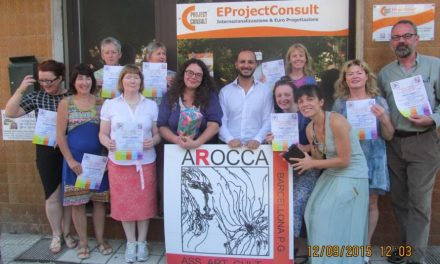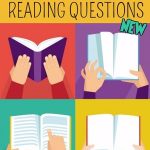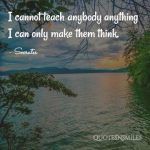
by Paula Tiller, Tutor at Kenmare ABE
Setting out to create a story or poem can be a daunting task for many of our service users – some may not have confidence in their ideas while others may simply find it difficult to find inspiration. Fortunately there is a web application to help. Storybird works by curating thousands of pieces of artwork from artists all over the world.
The artwork is stunning and often emotive, thus perfect for encouraging expression of imagination and emotion. There are many skills that can be built into a lesson plan based on using Storybird, including computer skills, listening and speaking, writing, reading and numeracy. It lends itself very well to the language experience approach. A typical lesson might start by choosing an image and carrying out a brainstorming session to develop a story around the image. The class would then develop the story together, read it back and finally type it into Storybird where it could form the basis of further reading and comprehension activities. There is an excellent description outlining the use of the language experience approach on the website of the Centre for the Adult English Language Acquisition. Storybird offers an excellent mechanism for scaffolding writing skills.
Lessons featuring Storybird can be as basic or as complex as tutors want to make them. For example for a level two scenario you could have learners identify a number of illustrations that demonstrated mood and then ask them to write short sentences about each of the moods. You could pick an illustration and write a poem or haiku around it. A vocabulary building idea would be to find an image with everyday items and ask students to list the items they see. There are some excellent lesson plans incorporating Storybird on the Common Sense Education website many of which could be adapted to lessons for ABE learners.
As already outlined, one approach is to allow the image to inspire the writing,. Another is to find images to match a theme. A recent personal development group collaborated on a story themed around the idea of a scarcity mentality in comparison to an abundance mentality. This concept forms part of one of the ‘7 Habits of Highly Effective People’, a programme developed by Stephen Covey and adapted to a themed literacy programme by Kerry Adult Basic Education staff. You can read the students’ story here.
Within the Storybird application, which has so far spawned over 15 million creative writing pieces, there is the opportunity to create picture books, long-form stories with chapters, or poems. For ABE service users the picture book format offers the greatest flexibility. The application features an easy-to-use drag and drop interface with the ability to add and remove pages. Completed stories can be viewed for free through the Storybird app or downloaded as a PDF in return for a small fee. It is also possible to buy credits for downloads.
Students can set up their own account or tutors can set up an account and sign students up to a class. The platform is simple and straightforward to use. Click on the following links to download the handouts supplied with the recent Storybird in-service training.
Setting up a class in Storybird
Storybird is a delight to use with learners and you’ll find you enjoy it as much as they do. You never know it might even kick-start you into starting that novel you’ve always been meaning to write…
Sign up to the Storybird web application at www.storybird.com.






